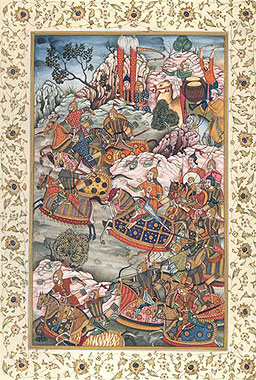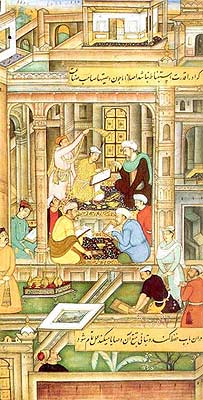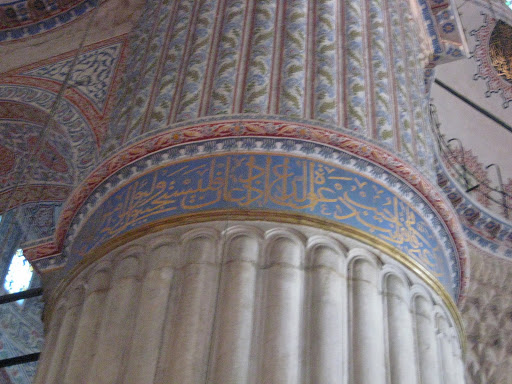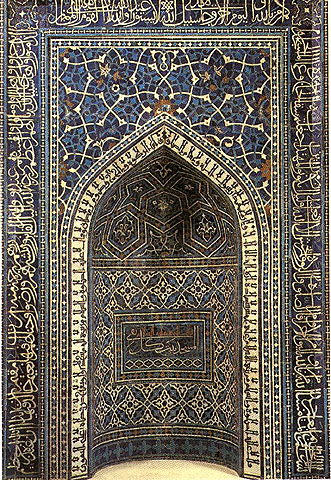sowhatifit'sdark
Valued Senior Member
I thought this was rather interesting
http://www.sciencenews.org/articles/20070224/mathtrek.asp
Islamic architects and mathematicians were creating quasi-crystalline patterns some 500 years before similar patterns were described in the West, claim two physicists in the US. Peter J Lu of Harvard University and Paul Steinhardt of Princeton University say that sets of special tiles developed around the 13th century allowed artisans to use complex mathematics to create the fantastic geometric patterns that adorn mosques, palaces and other buildings in the Muslim world. These patterns include "nearly perfect" Penrose patterns, which the researchers claim are similar to the first quasicrystals described in 1974 by the British mathematical physicist Roger Penrose (Science 315 1106).
http://www.sciencenews.org/articles/20070224/mathtrek.asp















